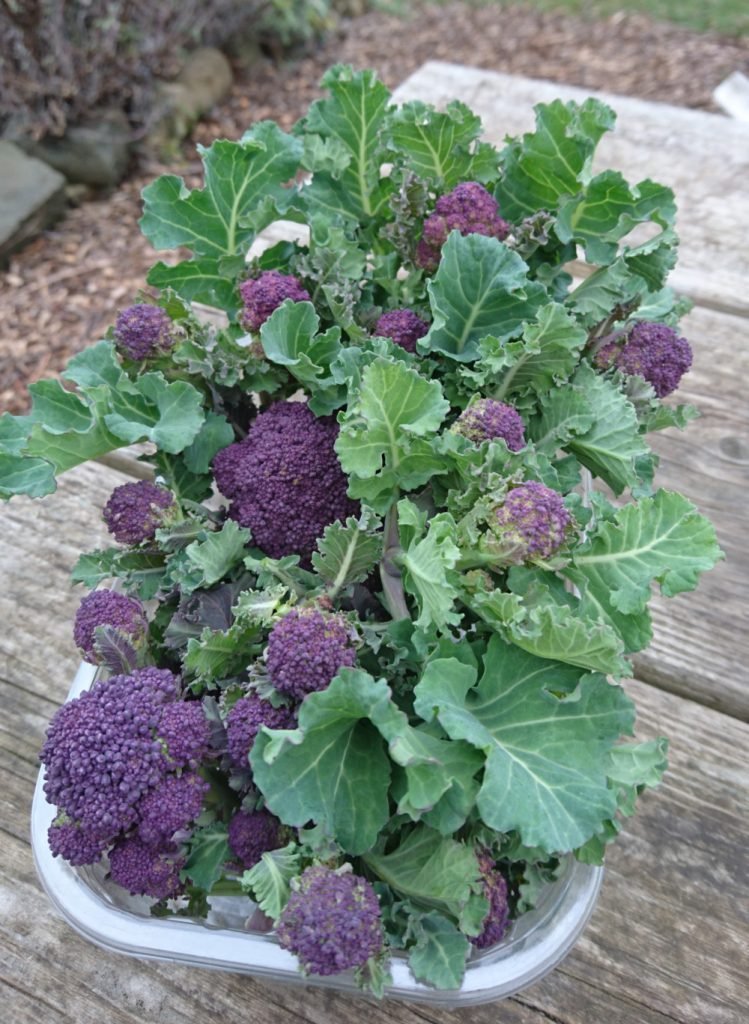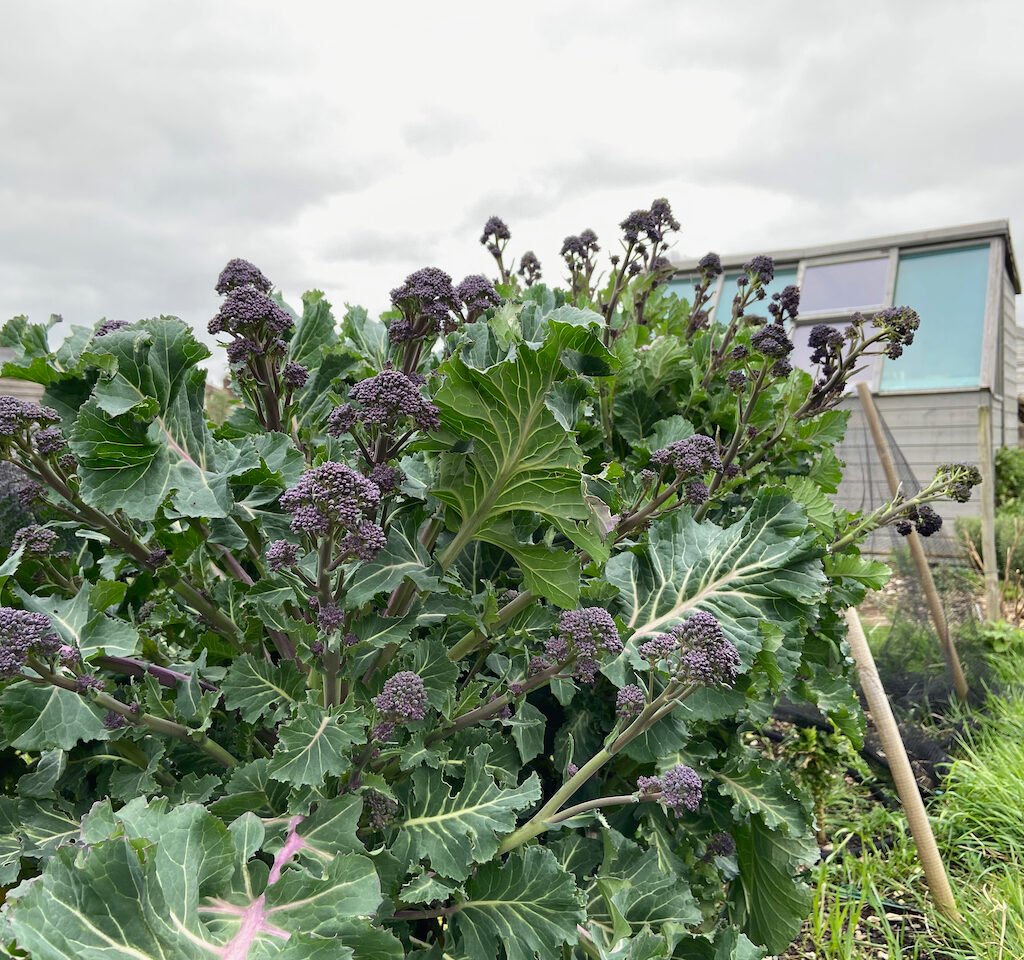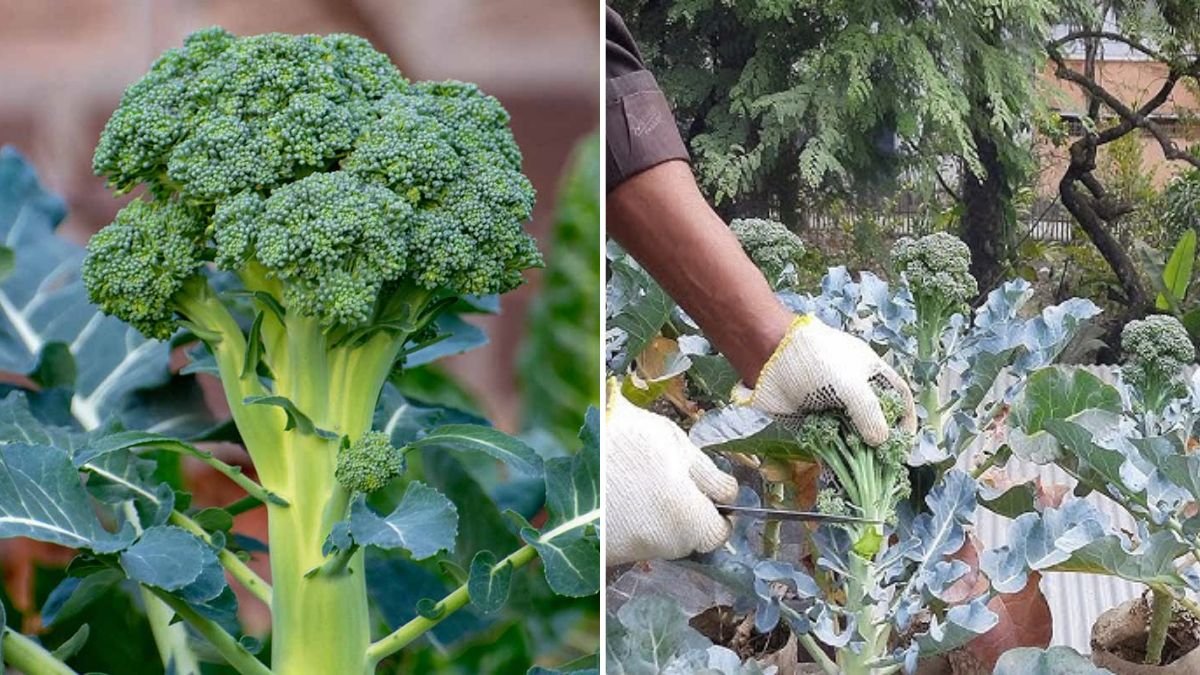From the bustling farmers’ markets of California to the home gardens of the Midwest, Americans are falling in love with a new leafy powerhouse — sprouting broccoli. Once an under-the-radar vegetable mostly grown in Europe, sprouting broccoli has quickly become a favorite among U.S. gardeners, food enthusiasts, and wellness-conscious eaters.
Unlike regular broccoli with its dense, single head, sprouting broccoli produces multiple tender shoots filled with tiny florets, offering an extended harvest and a sweet, nutty flavor. This vibrant green vegetable isn’t just delicious — it’s also packed with vitamins, antioxidants, and fiber, making it a nutritional gem for modern diets.
In this detailed guide, we’ll explore what makes sprouting broccoli special, how to grow it successfully in American climates, its outstanding health benefits, and why it’s quickly earning a spot at the top of the superfood list.
What Is Sprouting Broccoli?

Sprouting broccoli (Brassica oleracea var. italica) is a variety of broccoli that develops many smaller florets on long, tender stalks instead of one large central head. It comes in two main types — purple sprouting broccoli and white (or green) sprouting broccoli. Both varieties share a mild, sweet flavor and a slightly earthy aroma that intensifies when cooked.
Sprouting broccoli originated in the Mediterranean but gained massive popularity in the U.K. and Northern Europe for its resilience to cold weather and its extended growing season. Now, as the farm-to-table and home gardening movement spreads across the U.S., American growers are rediscovering the beauty of this versatile crop.
Whether roasted, steamed, or tossed into salads, sprouting broccoli brings flavor, texture, and nutrition to everyday meals — and looks stunning on the plate.
Sprouting Broccoli vs. Regular Broccoli: What’s the Difference?

At first glance, sprouting broccoli might look like a bunch of skinny broccoli stems — but don’t be fooled! There are distinct differences that make it unique and desirable.
| Feature | Sprouting Broccoli | Regular Broccoli |
|---|---|---|
| Structure | Many small florets on long stems | One large, tight head |
| Flavor | Sweeter, nuttier, less bitter | Mild but sometimes earthy |
| Growing Time | 90–120 days (longer season) | 60–80 days |
| Harvest | Multiple shoots over several weeks | One harvest per plant |
| Cooking Uses | Stir-fries, pasta, roasted sides, soups | Steamed, soups, casseroles |
Sprouting broccoli’s multiple harvest cycles make it a favorite among American home gardeners who want more yield and longer enjoyment from each planting.
Nutritional Benefits: Why Sprouting Broccoli Is a Supergreen

Sprouting broccoli isn’t just beautiful and flavorful — it’s also nutritionally superior to many other vegetables. It’s dense with vitamins, minerals, and antioxidants that support overall health.
Here’s why nutritionists and dietitians recommend adding it to your plate:
- Rich in Vitamins A, C, and K
These essential vitamins support immunity, skin health, and strong bones. One serving of sprouting broccoli can deliver more than 100% of your daily Vitamin C intake. - High in Fiber
Promotes better digestion and helps manage blood sugar levels. - Loaded with Antioxidants
Contains sulforaphane — a compound known for its cancer-fighting properties and ability to reduce inflammation. - Supports Heart Health
The high potassium and folate content contribute to cardiovascular wellness. - Low-Calorie Superfood
With only about 35 calories per cup, it’s a guilt-free addition to any meal.
Sprouting broccoli’s nutritional makeup makes it especially appealing to Americans looking for clean, plant-based, and nutrient-dense foods.
How to Grow Sprouting Broccoli in the U.S.

One of the best things about sprouting broccoli is how resilient and rewarding it is to grow. It thrives in cooler temperatures and can tolerate light frosts, making it ideal for American regions with mild winters or long springs.
Here’s a step-by-step guide to growing it successfully in your home garden or backyard planter:
1. Choosing the Right Variety
- Purple Sprouting Broccoli: Beautiful violet-hued stems, slightly sweeter taste.
- White/Green Sprouting Broccoli: Classic look, milder flavor, faster growth.
Both are available from U.S. seed suppliers like Baker Creek Heirloom Seeds or Johnny’s Selected Seeds.
2. Best Time to Plant
- In northern U.S. states, sow seeds in late spring to early summer for a fall or early winter harvest.
- In southern states, sow in late summer for a winter or early spring yield.
Sprouting broccoli prefers cool weather and will bolt (go to seed) if temperatures exceed 80°F for too long.
3. Soil and Spacing
Use well-draining, fertile soil enriched with compost. Maintain a soil pH between 6.0 and 7.5.
Space plants 18–24 inches apart to allow proper airflow and growth.
4. Watering and Care
Keep the soil consistently moist but not waterlogged. Mulching helps retain moisture and suppress weeds.
5. Harvesting
Sprouting broccoli is ready for harvest when the shoots are about 6–8 inches long and before the tiny yellow flowers open. Harvesting regularly encourages more side shoots to grow, providing multiple yields from a single plant.
6. Pest Control
Watch out for cabbage worms, aphids, and flea beetles. Using neem oil, insect netting, or companion planting with marigolds can help keep pests at bay.
How to Cook Sprouting Broccoli: Simple and Delicious American Recipes

Sprouting broccoli’s tender stems and delicate florets make it one of the most versatile greens you can cook. Its slightly sweet flavor pairs beautifully with garlic, olive oil, citrus, and cheese — all staples of American home cooking.
Here are a few easy and mouthwatering ways to enjoy it:
1. Roasted Sprouting Broccoli with Lemon and Parmesan
- Toss trimmed stems with olive oil, salt, and pepper.
- Roast at 425°F for 12–15 minutes until crispy.
- Finish with a squeeze of lemon and a sprinkle of Parmesan cheese.
Perfect as a side for grilled chicken, fish, or steak.
2. Garlic Sautéed Sprouting Broccoli
- Heat olive oil in a skillet, add minced garlic and chili flakes.
- Toss in the broccoli and cook for 5–7 minutes until tender.
- Finish with a drizzle of balsamic glaze.
A quick, restaurant-style side dish in under 10 minutes!
3. Sprouting Broccoli Pasta Bowl
- Blanch sprouting broccoli for 2 minutes, then sauté with cherry tomatoes and olive oil.
- Toss with whole-grain pasta and sprinkle with feta or goat cheese.
A healthy, colorful, and easy dinner option.
4. Asian-Inspired Stir-Fry
- Combine sprouting broccoli with sesame oil, ginger, and soy sauce.
- Add tofu or shrimp for a complete meal packed with flavor.
5. Broccoli Sprout Salad
- Combine steamed sprouting broccoli with quinoa, avocado, and citrus dressing.
- Top with roasted nuts for crunch and extra protein.
Sprouting Broccoli in American Dining Trends
The rise of farm-to-fork dining, plant-based diets, and clean eating has pushed sprouting broccoli into the spotlight. U.S. chefs and food bloggers are using it to reinvent both gourmet and everyday dishes.
At restaurants in New York, Los Angeles, and Austin, sprouting broccoli is showing up as a trendy side dish — often grilled, charred, or drizzled with lemon tahini. Meanwhile, health-conscious Americans are adding it to their smoothie bowls, meal prep containers, and wellness salads.
Sprouting broccoli fits seamlessly into:
- Keto and Paleo diets (low-carb and high in fiber)
- Vegan and vegetarian meals (packed with plant-based nutrients)
- Mediterranean-style diets (rich in antioxidants and olive oil pairings)
It’s not just food — it’s a lifestyle choice for Americans who care about wellness and sustainability.
Sustainability and Local Growing Impact
Growing sprouting broccoli supports a more sustainable food system. Because it can produce multiple harvests, it reduces waste and maximizes yields from a single plant. It also grows well in small garden beds and urban settings, making it ideal for balcony gardens, raised planters, and community gardens across America.
For eco-conscious eaters, choosing locally grown sprouting broccoli means fewer transportation emissions and fresher, more nutrient-rich produce on the table.
Conclusion: The Future Belongs to Sprouting Broccoli
Sprouting broccoli isn’t just another vegetable — it’s a culinary revolution. From its extended harvest cycle to its delicate taste and impressive nutrition, this humble green is redefining what it means to eat fresh, healthy, and sustainable.
Whether you’re a backyard gardener in Oregon, a home cook in Texas, or a health enthusiast in New York, sprouting broccoli is a must-try green that checks every box — flavor, nutrition, beauty, and eco-friendliness.
So the next time you stroll through your local farmers’ market or plan your garden, give sprouting broccoli a spot in your basket (and on your plate). It’s the future of American greens — fresh, flavorful, and here to stay.





